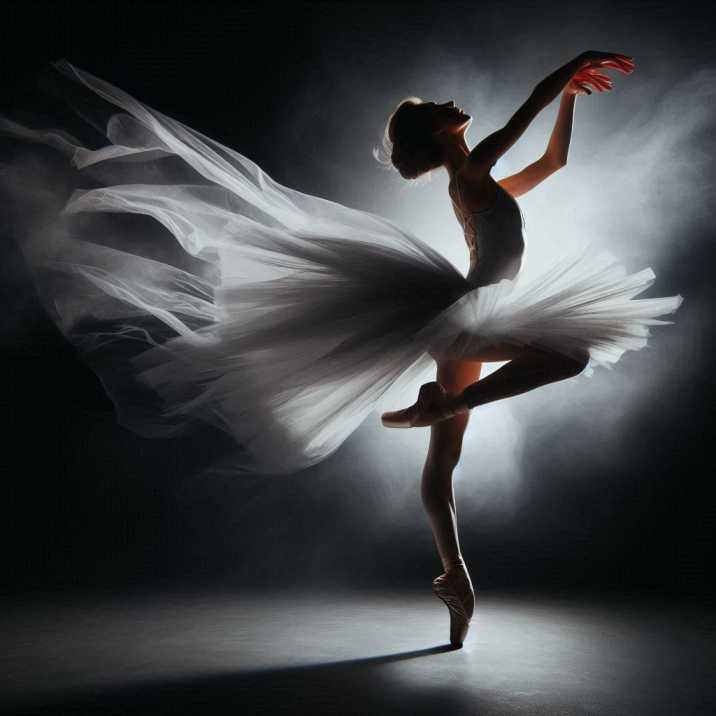Introduction
Table of Contents
Dance is a form of expression that transcends cultures, ages, and languages. But the debate over Is dance a sport or an art form has been ongoing for years. For some, dance is a rigorous athletic endeavor, while for others, it is a pure expression of creativity and emotion.
In this blog post, we’ll explore both perspectives and see how dance embodies characteristics of both sport and art. By the end, you’ll have a well-rounded understanding of this fascinating topic, with insights that might just change your perspective on dance forever.

What Defines a Sport?
The Physical Demands of Dance
Dance requires incredible physical stamina, flexibility, and strength. Much like athletes, dancers train for hours every day, honing their bodies to perform complex movements with precision and grace. Whether it’s the explosive jumps in ballet or the rapid footwork in tap, dance demands a high level of physical fitness.
Competitive Nature
Dance competitions are prevalent worldwide, from local contests to international championships. Dancers compete for titles, awards, and recognition much like athletes do in sports tournaments. The competitive element adds another layer to the argument that dance is a sport.
Scoring and Judging
In competitive dance, routines are scored based on technique, execution, and overall performance. Judges use specific criteria to evaluate dancers, similar to how sports like gymnastics or figure skating are judged. The presence of a scoring system further solidifies the sport-like aspects of dance.
What Defines Art?
Emotional Expression
At its core, art is about expressing emotions, ideas, and stories. Dance is a powerful medium for conveying complex feelings and narratives without uttering a word. The fluidity of movement allows dancers to communicate in a way that resonates deeply with audiences, making dance a unique form of artistic expression.
Creativity and Choreography
Choreography is the art of crafting dance sequences that tell a story or evoke a particular emotion. This creative process involves selecting music, designing movements, and making artistic choices that reflect the choreographer’s vision. The emphasis on creativity and innovation aligns dance closely with other art forms like painting or theater.
Cultural Significance
Dance has been an integral part of cultural rituals and celebrations throughout history. From traditional folk dances to contemporary performances, dance reflects the values, traditions, and history of different communities. This cultural significance underscores the artistic nature of dance.
Is Dance a Sport or an Art: Dance as a Fusion of Sport and Art
The Athlete-Artist
Dancers often embody the qualities of both athletes and artists. They require the physical endurance and discipline of athletes while also possessing the creativity and emotional depth of artists. This duality makes dance a unique and multifaceted discipline.
Training and Technique
The rigorous training dancers undergo combines athletic conditioning with artistic refinement. Techniques like ballet, hip-hop, and modern dance each demand specific physical capabilities and creative expressions. This blend of sport and art is what makes dance so challenging and rewarding.
Audience Engagement
Whether viewed as a sport or an art, dance captivates audiences around the world. Performances can evoke a wide range of emotions, from joy to sorrow, and everything in between. The ability to connect with audiences on such a profound level is a testament to dance’s power as both a sport and an art form.
Conclusion
Is Dance a Sport or an Art? Dance is a complex and multifaceted discipline that encompasses elements of both sport and art. Its physical demands, competitive nature, and scoring systems align it with sports, while its emotional expression, creativity, and cultural significance position it firmly within the realm of art. Ultimately, whether you see dance as a sport, an art form, or a fusion of both, there’s no denying its impact and importance in our world.
FAQs:
Is dance considered a sport in the Olympics?
Yes, dance is considered a sport in the Olympics. The World DanceSport Federation (WDSF) is recognized by the International Olympic Committee as the sole representative body for dancesport. Dancesport competitions are held, and dancers are judged based on criteria such as timing, footwork, rise and fall, alignment, direction, and floor craft.
Can dance be both a sport and an art form simultaneously?
Yes, dance can be both a sport and an art form simultaneously. Dance combines physicality, athleticism, and competition with expressive storytelling, artistic interpretation, and emotional communication. It blurs the lines between the two categories, making it a unique and multifaceted discipline.
What are the criteria for judging dance competitions?
The criteria for judging dance competitions can vary depending on the specific competition and dance style. Generally, judges evaluate dancers based on factors such as technique, precision, musicality, showmanship, storytelling, and overall performance quality. Each competition may have its own scoring system and criteria to assess the dancers’ skills and artistry.
Are there any dance forms that are universally recognized as both a sport and an art?
While there are dance forms that are recognized as both a sport and an art, it is challenging to pinpoint specific dance forms that universally fit this classification. Some dance forms, such as breakdancing or acrobatic dance, incorporate elements of both athleticism and artistic expression, blurring the lines between sport and art. The classification can also vary depending on cultural perspectives and individual interpretations.
How does the classification of dance impact funding and support for dancers?
The classification of dance as a sport or an art can impact funding and support for dancers. If dance is recognized as a sport, it may be eligible for funding and support from sports organizations or athletic associations. On the other hand, if dance is primarily seen as an art form, funding and support may come from arts organizations, cultural institutions, or educational institutions. The classification can influence the availability of resources, training opportunities, and recognition for dancers.


